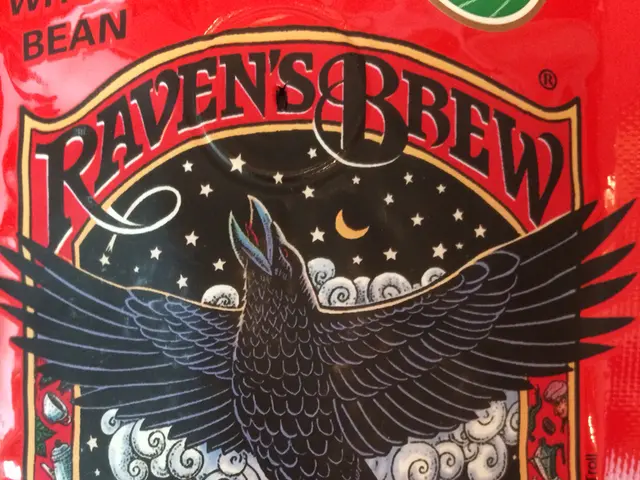Uterine Milk's Mysterious Protein: Toxicologist Reveals Its Hidden Secrets
In the bustling world of nutraceuticals, one ancient substance is making a modern comeback - royal jelly. Originally reserved for the queen bee, this versatile substance is now being recognised for its potential benefits to human health.
Royal jelly, a nutrient-rich secretion produced by worker bees, has been found to aid humans in coping with stress, boost immunity, and support metabolism. It also works harmoniously with the human body, not against it, making it a supplement that can support the body's internal resources without causing extra strain.
One of the key components of royal jelly is royalactin, a protein that activates stem cells, helping to maintain energy and vitality, and potentially slowing down the aging process. This could explain why the queen bee, who consumes royal jelly, lives 40 times longer than regular worker bees and remains fertile throughout her life.
The Swiss Center for Apicultural Research Liebefeld has also identified natural antibiotic properties in honey, including honeydew, due to substances such as lysozyme, flavonoids, and aromatic acids. The acid fraction, accounting for 45% of the total activity, is considered the most effective.
While royal jelly is not a replacement for regular food, physical activity, or rest, it can be used as a supplement to further support the body's resources. An expert suggests that it could be a helpful addition to one's diet, particularly for those seeking to boost their immunity and vitality.
Interestingly, royal jelly contains over 200 bioactive compounds, making it a unique example of evolution's biological solutions applicable in modern nutraceutical approaches. Its potential benefits for humans extend beyond its effects on bees, offering a promising avenue for future research.
A previously shared recipe for a honey mixture for immune support serves as a testament to the traditional understanding of the health benefits of such substances. As we continue to explore the potential of royal jelly, it's clear that this ancient superfood has a place in modern health and wellness.
Read also:
- Peptide YY (PYY): Exploring its Role in Appetite Suppression, Intestinal Health, and Cognitive Links
- Toddler Health: Rotavirus Signs, Origins, and Potential Complications
- Digestive issues and heart discomfort: Root causes and associated health conditions
- House Infernos: Deadly Hazards Surpassing the Flames








